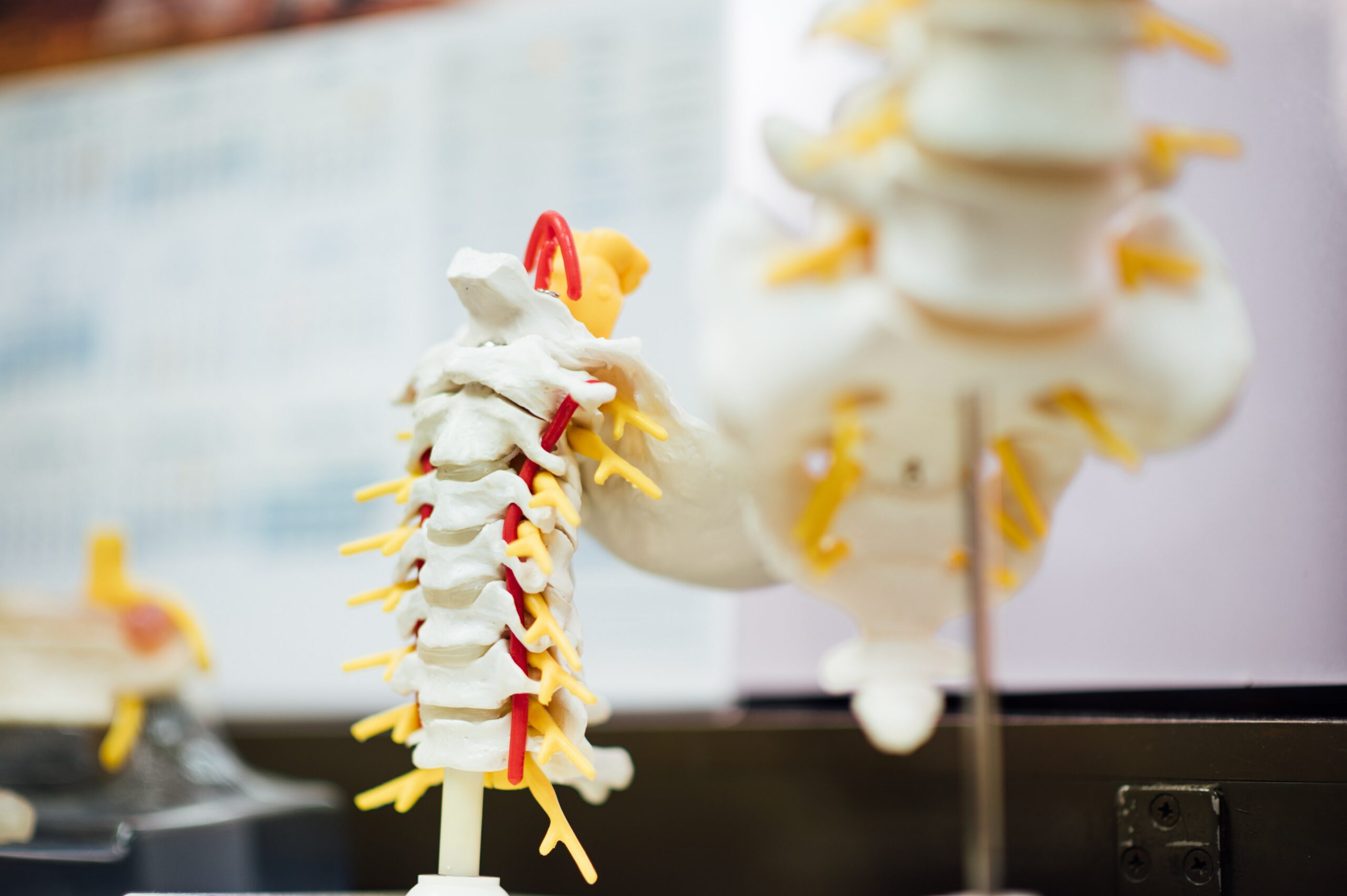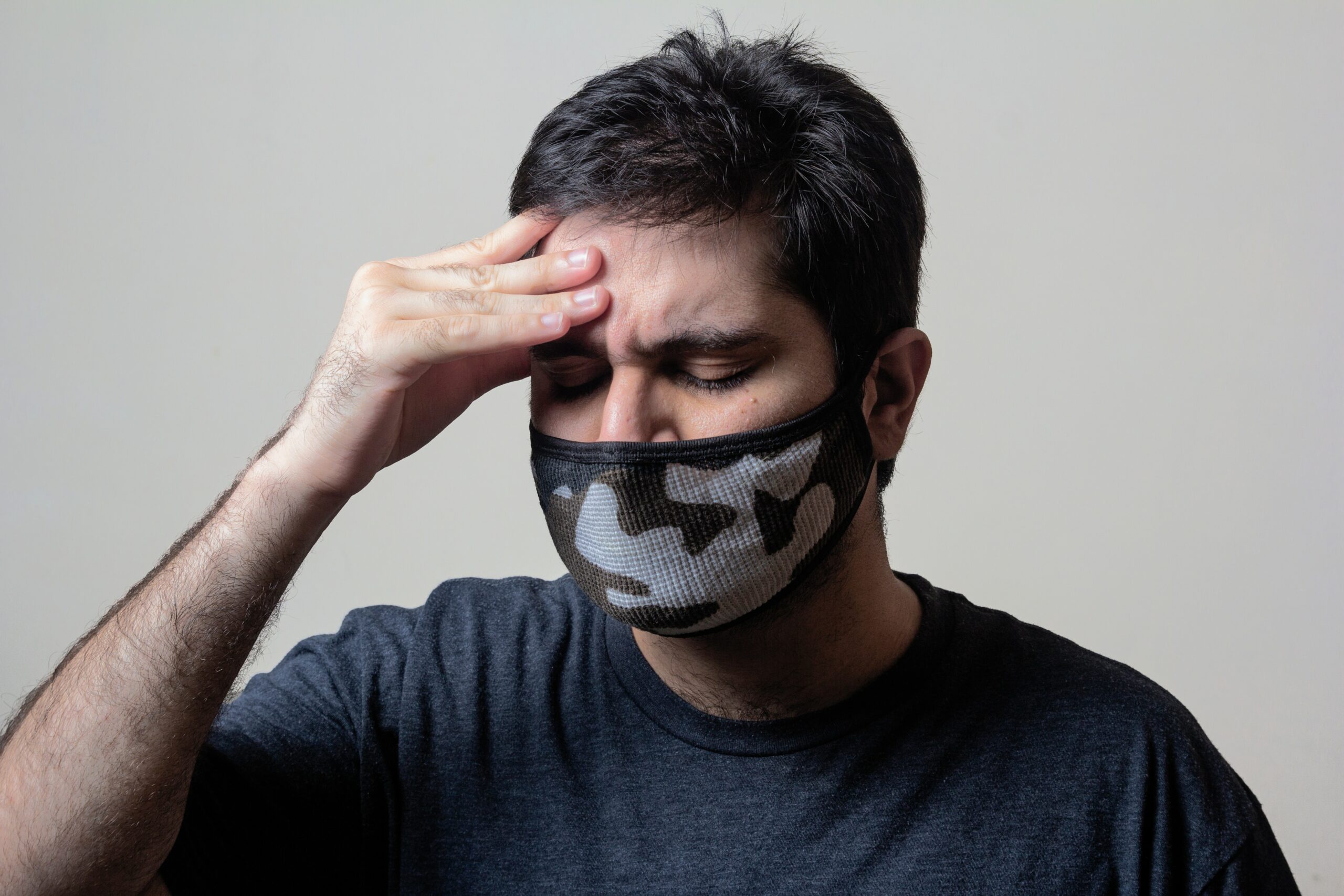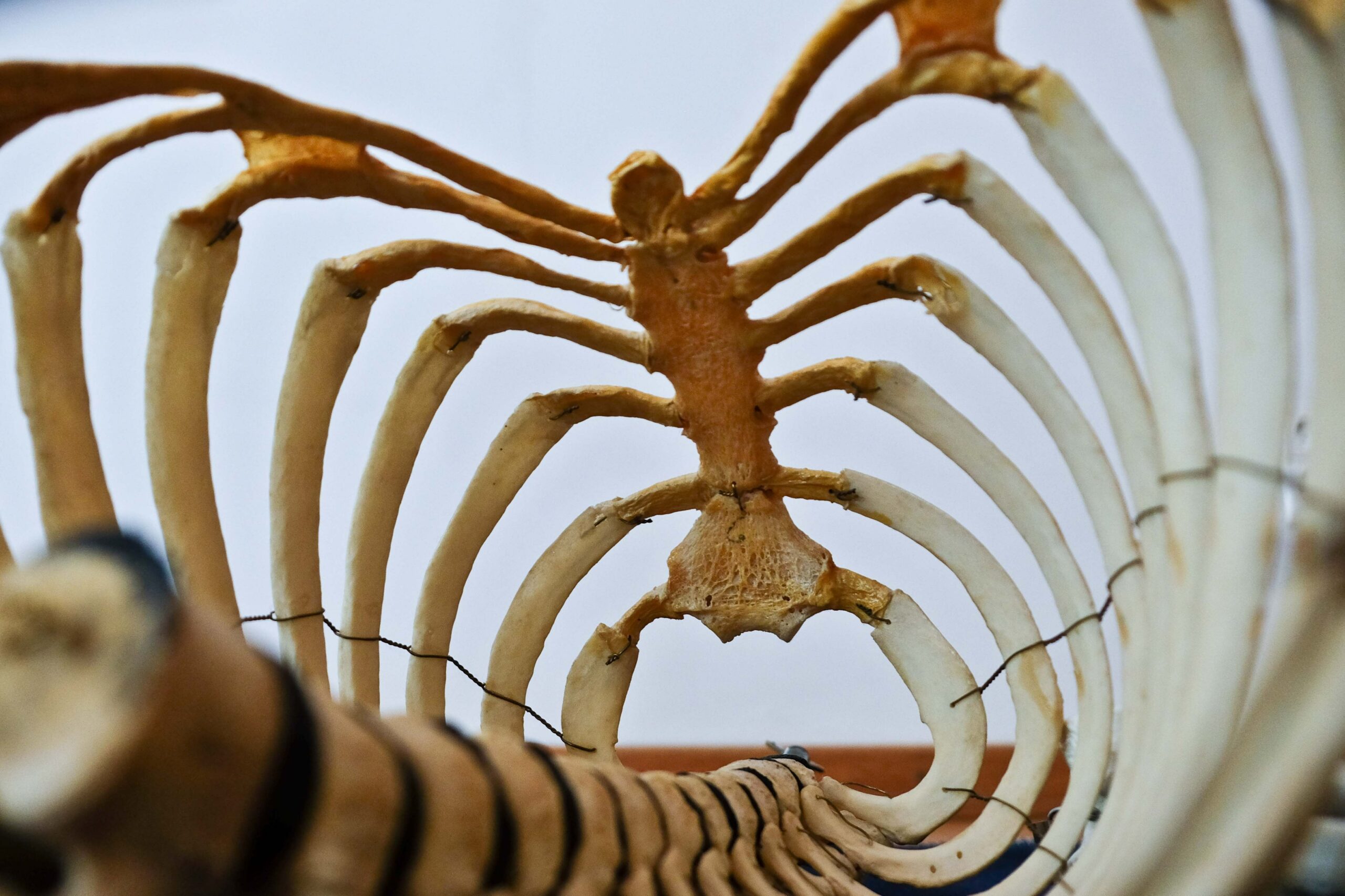Backpain In Seniors, What You Should Know:
Backpain is a frequent ailment among the elderly, leading to significant discomfort and incapacity. The upshot is that persons over the age of 65 are among the most frequent visitors to medical facilities seeking treatment for Pain. According to research, the prevalence of this disease increases from adolescence into middle age and then declines after that, an older man who is experiencing lower back discomfort.
Researchers believe that the trend is mainly related to occupational exposure among working-age adults. The increase in stoicism and pain perception has also been connected to changes in these characteristics due to growing older. For the elderly, the deterioration of spinal joints is a primary cause of discomfort. Osteoarthritis and spinal stenosis lead to pain.

Anatomy of the spinal column. Nerve roots, tendons, muscles, bones, nerves, and flexible ligaments make up the complicated structure of the spine. A nerve’s function is to transmit information. The spine provides spine shock absorption capacity and the ability to bear specific movement stresses. Bones and supporting muscles help people stand up straight because of the structure’s flexibility.
The upper back (thoracic spine) connects 12 vertebral bodies in the middle or upper back (thoracic spine). Protects vital organs and gives structural support for the entire body with its structure. If you have Backpain in your upper side, it could be due to a herniated or degenerative disc in your thoracic spine. Spasm or joint dysfunction in the significant upper back muscles may potentially be a factor in the pain.
What causes this Pain:
Most people who have back discomfort don’t have an evident disease, like inflammation or fracture. Non-specific Backpain is the diagnosis given to these cases. Many factors, including the time of day and physical activity and posture, can cause pain in the lower back. This type of discomfort can come from a variety of causes. Due to disc degeneration, many older people suffer from this kind of pain.
When facet joint pain is present, it can cause localized pain in the lower back accompanied by discomfort that radiates into the thigh area. In the presence of facet joint pain, localized lower Backpain might be accompanied by discomfort that spreads into the thigh area.

Rotation, the extension of the trunk, and ipsilateral lateral flexion are a few examples. Lumbar degenerative spondylolisthesis, on the other hand, is more common in women over 60. Facet hypertrophy is another condition associated with the illness.
Spinal pain treatment options:
When working with elderly patients, doctors might follow recommendations from the American Geriatrics Society on coping with nonmalignant pain. Patients with chronic spinal pain should be prescribed analgesics like acetaminophen, according to the organization. Should supply the drug to the patient and continue to maintain a constant level of analgesia in the body.

Patients having a history of seizures should be prescribed Tramadol with caution. Anyone on seizure-threshold-lowering medications such as neuroleptics or tricyclics should do the same. The use of non-steroidal anti-inflammatory medicines (NSAIDs) is indicated for patients who do not respond well to acetaminophen treatment.
When this happens, NSAIDs can be used in conjunction with other treatments to alleviate Backpain. Non-acetylated salicylates should be given to elderly patients with peptic ulcers and gastrointestinal bleeding to avoid stomach disturbances.

